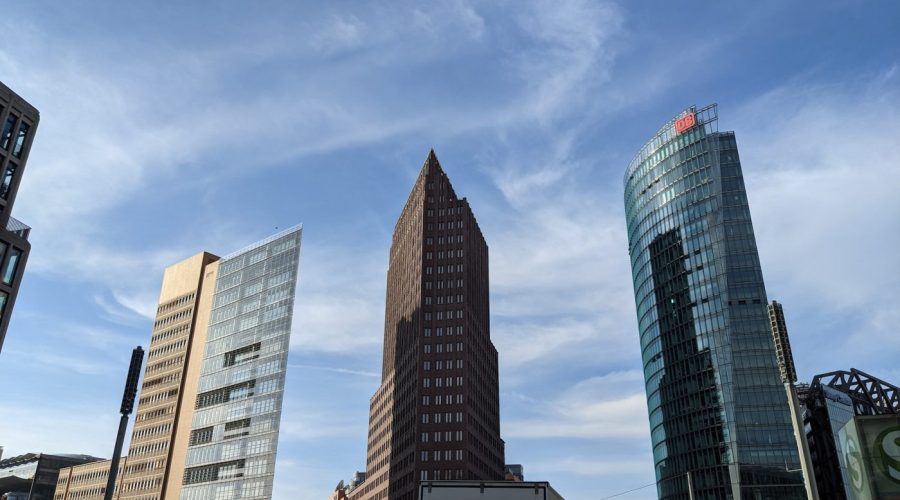What is the significance of the Marx-Engels Monument in Berlin, Germany?
The Marx-Engels Monument in Berlin, Germany, stands as a powerful tribute to two influential philosophers, Karl Marx and Friedrich Engels. This historic monument came into existence in 1986 and now stands within Marx-Engels-Forum. This blog post examines the historical context as well as the design and symbolic meaning of the Marx-Engels Monument to benefit readers who want to understand this important Berlin landmark.
History
The Marx-Engels Monument represents a cultural remnant from the socialist era of East Germany. Through a commission from the German Democratic Republic (GDR) government Ludwig Engelhardt and Lew Kerbel created the statue. The monument received public display during the celebrations of Marx’s 135th year. Berlin officials placed this landmark to demonstrate the country had established its headquarters under socialist principles.
Design
A prominent statue of famous intellectuals Karl Marx and Friedrich Engels form the major feature at the Marx-Engels Monument. The two bronze statues rise to 7.10 meters which equals 23 feet as they gaze toward the viewer. While Marx occupies himself with holding a manuscript he sits beside Engels who supports himself on their shared bench to conduct their meaningful dialogue. Through this artistic design both intellectuals share a symbolic representation of their deep friendship and academic partnership.
Symbolism
Multiple meaningful components feature in the Marx-Engels Monument. The bench arrangement of philosophers at this location serves to represent open communication and easy access. The status presents an open body position to invite public participation during critical thinking sessions about their ideas. The bronze material used in the monument symbolizes infinite durability and everlasting importance of the philosophical work by Marx and Engels.
Marx-Engels-Forum
Visitor traffic at the Marx-Engels-Forum includes both native residents of Berlin and international tourists who frequent this notable location. The public square combines statues of Marx and Engels with cultural programs including book fairs and demonstrations that derive their themes from the ideology supported by the reformers. People from multiple cultural backgrounds visit this forum to both speak and understand the historical importance of the monument.
Visit and Experience
The planned visit to the Marx-Engels Monument should include additional time for exploring the surroundings along with their historical appeal. You can reach the monument easily while many important Berlin landmarks like the Berlin Cathedral and Museum Island are in its proximity. Visit the monument on a sunlit day because sunlight will best show its visual charm and to take memorable photos.
Tips for Visitors
- The area requires comfortable footwear because visitors will need to move by walking.
- You should bring a water bottle together with snacks to maintain hydration throughout your sightseeing experience.
- Take the time to read the written phrases on this monument because they present vital philosophical ideas about Marx and Engels.
Conclusion
The Berlin monument honors Marx-Engels as important philosophers with a serious memorial that history recognizes. The substantial monument reminds modern society of socialist history while creating discussion space to think about their historical perspectives. Visiting the Marx-Engels Monument leaves visitors with a chance to study the past along with viewing exceptional artwork and exploring critical political and social concepts. Your Berlin vacation needs this memorable landmark to be part of your exploration.
Table of Contents



